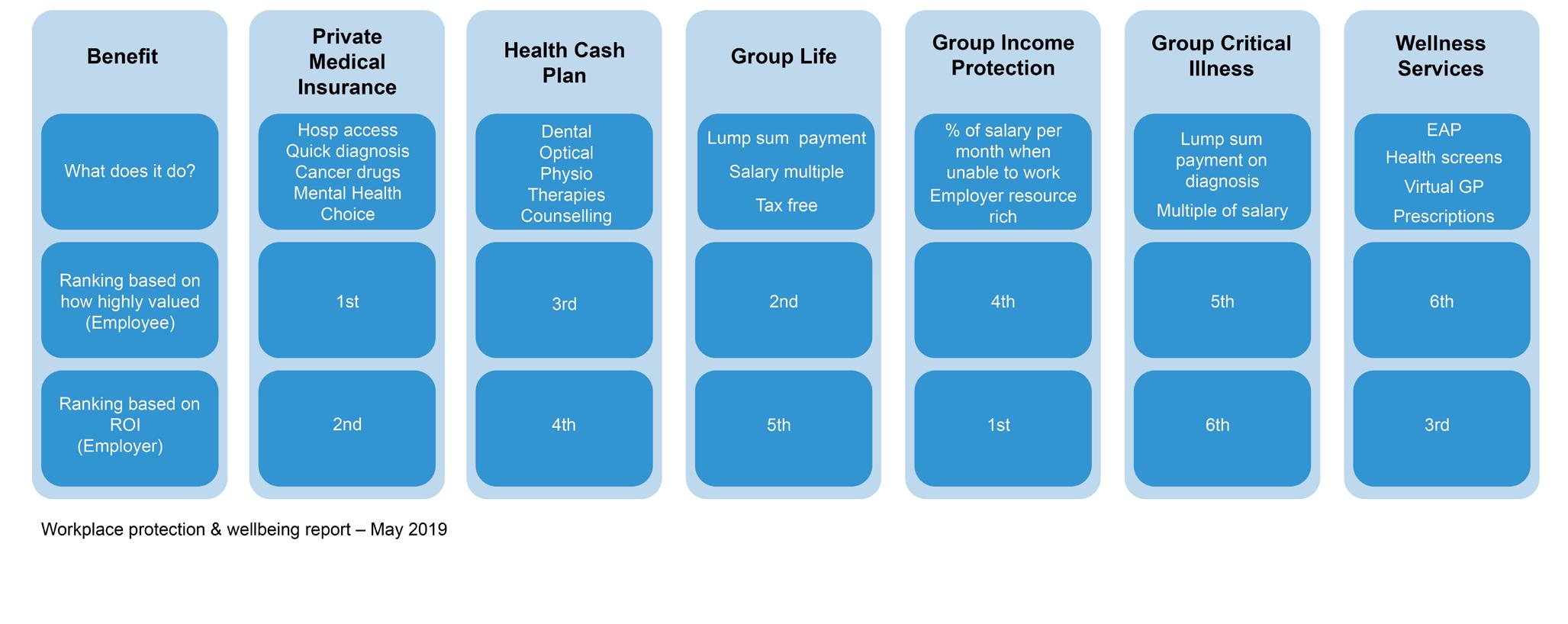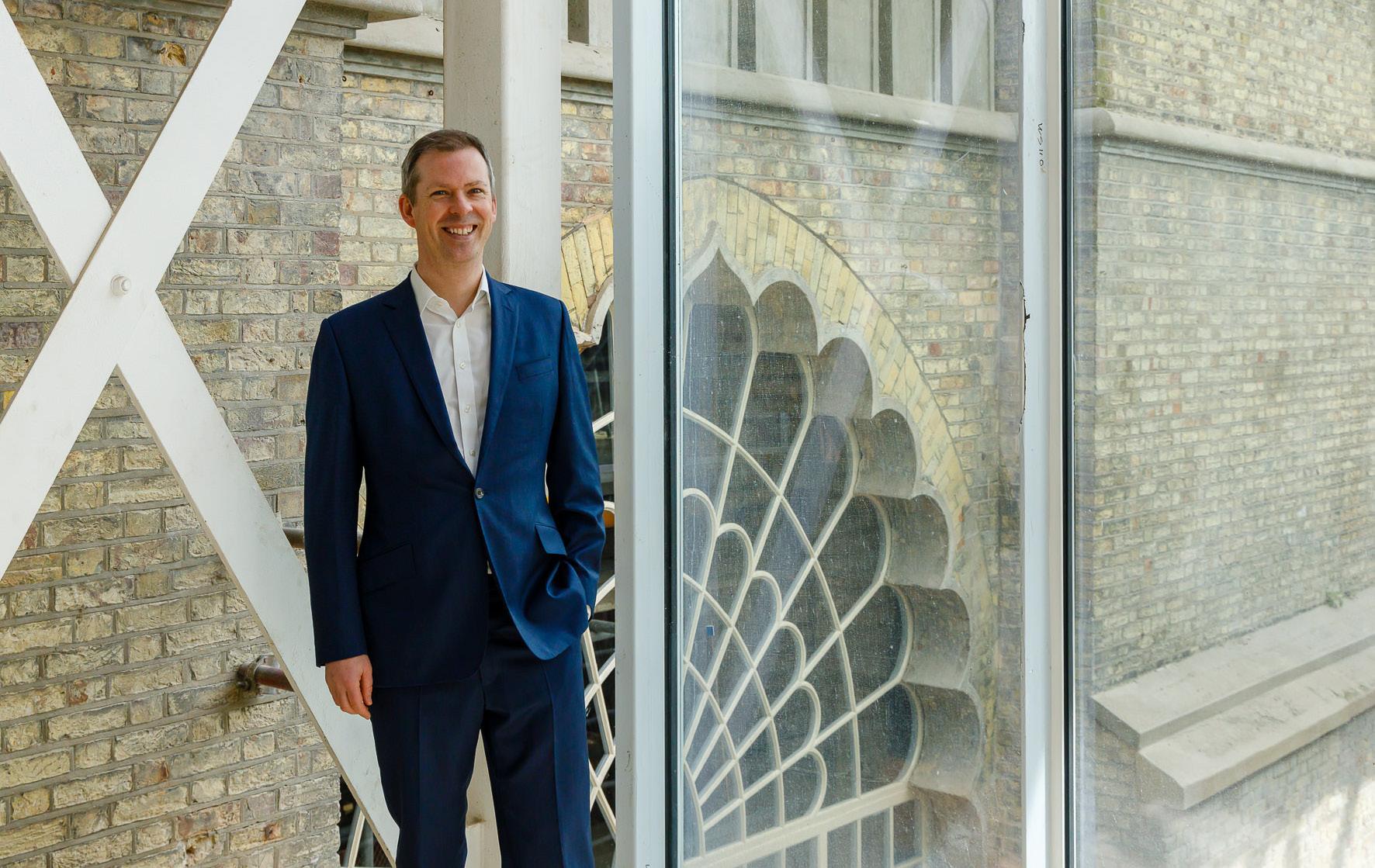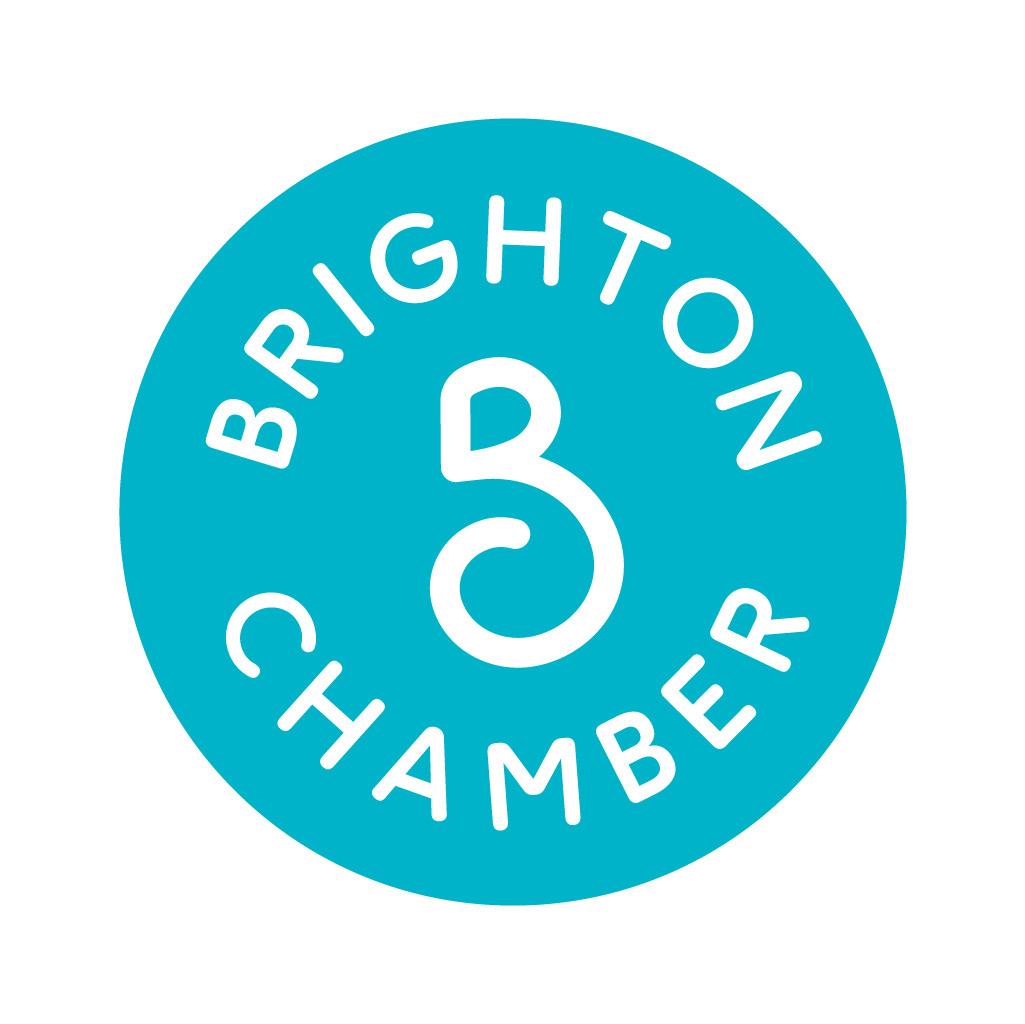
8 minute read
ENGAGE
The Evolving World of Employee Benefits
by Nick Hale, Founder and UK Director of Engage Health Group
Since COVID-19 hit our shores many UK businesses have had their benefits strategies tested, with HR leaders now starting to reflect upon how well they fared when their employees needed more support than ever before. Nobody could have predicted what we have all experienced, however some businesses, by virtue of investing in their people over the years, have been on the front foot and performed particularly well during these tough circumstances.
In the past, employers have been sold various Employee Benefits with the narrative solely focused around protection, highlighting scary tales of what it could mean if the worst happened. It’s a shame really, and a huge opportunity missed that those advising businesses have not instead, adapted their patter to promote wellbeing and focus on areas where employees can extract regular and meaningful value.
Of course, the protection element shouldn’t be discounted, but in a world where Employee Benefits and their incumbent tertiary services are developing at rapid pace, a more holistic approach to benefits consultancy should be sought. Let’s start firstly by considering how various Employee Benefits were ranked by Employer and Employee alike, pre-COVID-19 (see bottom of page).
Some of the most highly rated benefits from this research, such as Private Medical Insurance, have been rendered almost inaccessible over the last few months as the NHS, rightly, commandeered private settings in preparation for a potential rise in the COVID-19 infection rate. Thankfully, the swathe of patients needing hospitalisation didn’t materialise and our NHS coped fantastically well within their own capacity. It is now reported that NHS waiting lists could reach 10 million for non-urgent procedures, so whilst private treatment hasn’t been available of late, it’s a market that is expected to grow dramatically.

Health Cash Plans were also largely under-utilised as appointments for dental, optical and physiotherapy (which make up the lion’s share of claims) couldn’t take place. In terms of employee popularity, Cash Plans have overtaken traditional medical insurance because cover for everyday healthcare costs inspires a higher perceived value. It is believed that these claims will now catch up as employees are able to access treatment.
The real “stars of the show” have come from the in the form of Wellbeing Services, which historically rank low in employer/employee perception, but deliver brilliantly.
Ironically, these are often the most inexpensive benefits to provide and frequently come free as part of existing products, but are unknown to the employers or poorly communicated.


Telemedicine/Virtual GP A few years ago, there was a suggestion that GPs could work six days a week in order to better serve patients and reduce waiting times. In truth, up to 70% of GP consultations do not require any physical examination, and therefore the rise of Telemedicine (via smart devices/apps) is a great initiative. If the 70% were all to access remote services instead, it would generate significant capacity for the remaining 30% who required more face-to-face time.
What’s more, there is huge benefit to employee and employer alike when this is offered through work:
• Employees can choose a time which suits them to speak with a GP, meaning less down-time and faster triage/diagnosis. • Employees can select a GP based on specialism and gender, with photos of ailments able to be taken and uploaded in advance of the call. • Prescriptions can be approved on the call and delivered directly to home addresses. • Technology is evolving to incorporate new initiatives, such skin cancer detection as part of the app/phone camera.
Employee Assistance Programmes Shortened to EAP, the aim of an Employee Assistance Programme is to provide confidential, independent, impartial and unbiased guidance to employees who could be suffering in a range of lifestyle areas.
With a 24/7 helpline and counselling sessions included, employers can feel assured that they are not only satisfying their Health & Safely obligations, but also supporting employees who might otherwise not have a sounding board or advice outlet available to them.
Some of the key areas that employees utilise an EAP are as follows:
• Mental Health • Eldercare • Addiction • Terminal illness • Debt and financial problems • Bullying and harassment • Stress • Identity & LGBTQ • Domestic abuse • Bereavement
Behavioural Economics/Gamification More and more benefit providers/insurers are adopting behavioural economics into their products. This acknowledgment that traditional insurance products only deliver value when the worst happens and don’t engage the workforce, has encouraged new entrants who want to interact with employees throughout the policy year.
One example is Yulife, a provider that offers Group Life, Income Protection and Critical Illness plans, but with significant focus on rewarding healthy behaviour. Employees who have access to products like this have continued to engage with them during lockdown, and have remain connected with their employee benefits even if furloughed.
There is no one-size-fits-all when developing a company employee benefit strategy, but whatever is decided upon, communication is absolutely paramount. The benefits that have been most heavily utilised during the last three months are actually the benefits which are deemed as secondary considerations at point of sale/implementation.
Engage Health Group is an independent, whole of market Employee Benefits Consultancy offering design, broking, implementation and management services, completely free of charge to businesses with between 3 – 3000 employees, worldwide. Visit us at engagehealthgroup.co.uk
Tel: 01273 974419 Mob: 07834 952516 Skype: Engage Health Group nick.hale@engagehealthgroup.co.uk www.engagehealthgroup.co.uk
Future Festival
Andrew Comben, Chief Executive of Brighton Dome and Brighton Festival, shares his vision for the future of arts and culture in Brighton. By Lauren Psyk
In homes across Brighton fresh bread had been baked, coffee had been percolated and croissants warmed in readiness for the inaugural
‘virtual’ Brighton Chamber breakfast, where 50 Chamber members came together online.
And what better way to kick off the new-style breakfast than with Andrew Comben, Chief Executive of Brighton Dome and Brighton Festival as the guest speaker. Andrew talked us through both the challenges and opportunities presented by the Covid-19 crisis, and shared his vision for the future of arts and culture in Brighton in a post-pandemic world.
We caught up with Andrew after his talk so he could elaborate on some of the points he raised and share them for anyone who couldn’t be there on the day.
Do you envisage a blend of online and live events in future and have you any thoughts yet on how this might work?

We have learned a lot over the last few months - we’ve gone beyond simply streaming, offering Brighton Festival at Home and providing online music tuition to more than 3,000 students. We feel there has been a real shift towards making events participatory and engaging.
We’re also embarking on some really exciting work as a 5G testbed so whilst we’ll never want to let go of the importance of the live experience, delivering more online that brings both the live and the online experience together is something we definitely want to develop.
How might Brighton Dome and Brighton Festival work to stimulate consumer confidence in returning to live events? From our own audience surveys and national survey data it’s clear that people will be very keen to attend live events again. The question is when!
We’re collaborating with the government and with organisations across Brighton to determine the conditions under which it will be safe and viable to reopen venues. A whole host of protocols are being considered including cleaning standards, capacity limits and temperature testing.
We’re keen to restart as soon as we can, as Brighton Dome and the whole cultural sector contributes a huge amount to the local economy, stimulating tourism and spending in the city.

What we missed - the 2020 programme

We’re also looking at ways we can continue to make a positive contribution to Brighton’s culture and the economy even while our venue is closed.
In what ways have online events enabled better inclusivity for communities in Brighton and how will you look to preserve this in future? We helped keep the spirit of the Children’s Parade alive this year by encouraging families to have their own mini parades at home. This meant children and families across the region were able to participate in ways they wouldn’t otherwise have been able to, particularly those with special educational needs. Online isn’t a solution to everything, with high numbers of people still without access to the internet, but we want to build on everything we’ve learned this year and continue to widen access to as many people as possible.
How is Brighton unique in its resilience, preparedness and ability to innovate?
Brighton has been a well-networked city for a long time, but its spirit of openness and partnership feels more important now than ever.
There’s a really impressive amount of practical collaboration going on right now in the cultural and creative industries sector, and between businesses, charities and the voluntary sector.
With everyone fighting to survive it would be understandable if people didn’t see working together as a priority, but actually the reverse is true.
I am sure this will be what sees us through, but I am also sure we have to use this moment not just to innovate, but to design solutions that are more inclusive and more sustainable in the future.”










